China's economic situation in the post-COVID-19 era has accelerated its energy transition and reduced the time it will take to see its carbon dioxide emissions peak, according to a survey of climate and energy experts.
The second annual survey was carried out for the Centre for Research on Energy and Clean Air's latest China Climate Transition Outlook report, aiming to measure insiders' views on whether China is on track with its climate commitments.
Jointly conducted by the center, which is based in Helsinki, and the International Society for Energy Transition Studies, this year's survey covered 89 experts representing diverse specializations in the field of climate and energy, roughly triple the number surveyed last year.
Just over a fifth of the experts surveyed this year said China would see its carbon dioxide emissions peak before 2025, compared with 15 percent in the 2022 survey, the center said in a news release.
It also noted a fall in the proportion of experts who expected to see a rise of more than 15 percent in China's carbon dioxide emissions from the 2020 level before they peaked.
Last year, 69 percent of experts held that view, while just 56 percent did so this year.
Most of the experts surveyed this year said China was on track to peak its carbon dioxide emissions before 2030, but limiting emission increases before then remained a significant challenge, the center said.
China aims to see carbon dioxide emissions peak before 2030 and realize carbon neutrality before 2060.
Over half the experts surveyed this year were optimistic that China would see its primary energy consumption peak before 2030, the report said.
However, they had mixed views on when the country would witness a peak in coal consumption, with just over a third uncertain when that would be achieved.










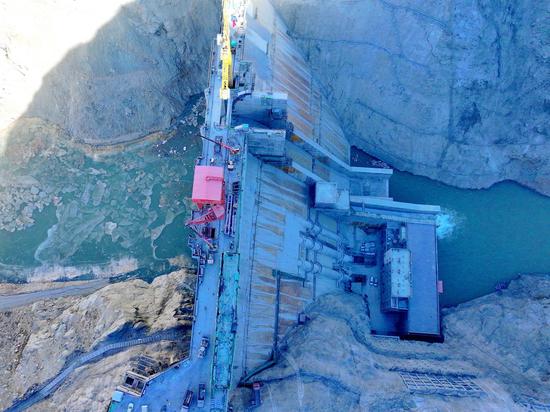
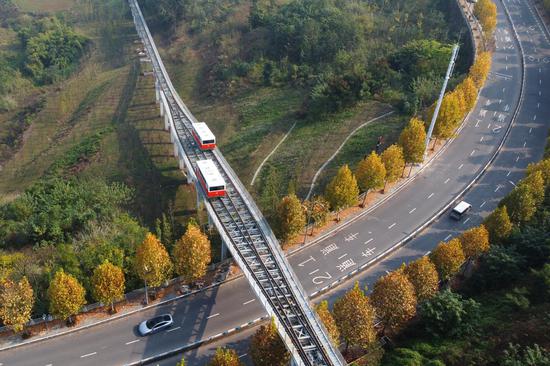




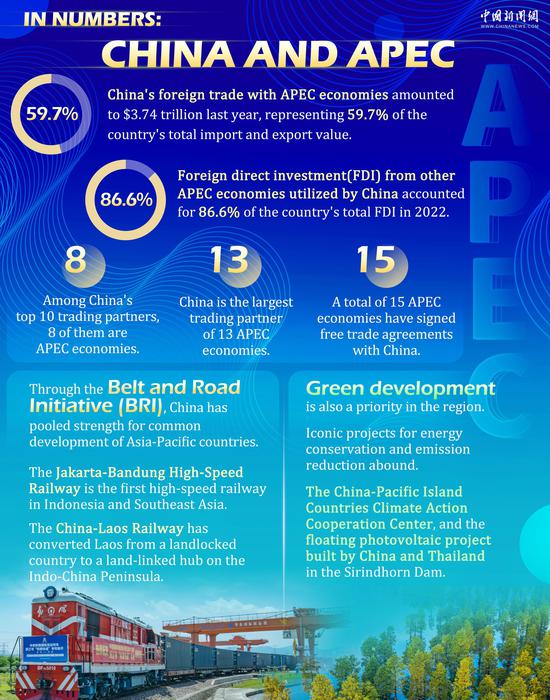






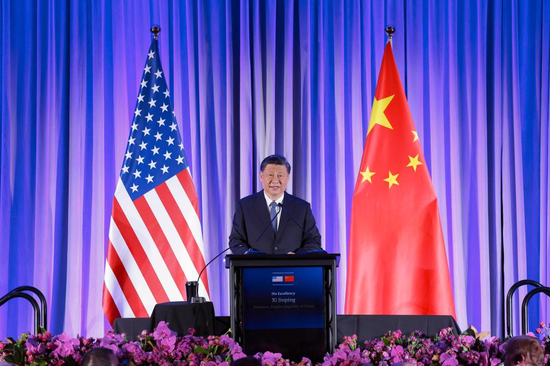
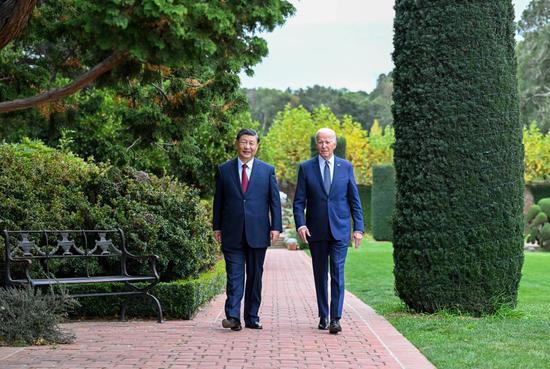


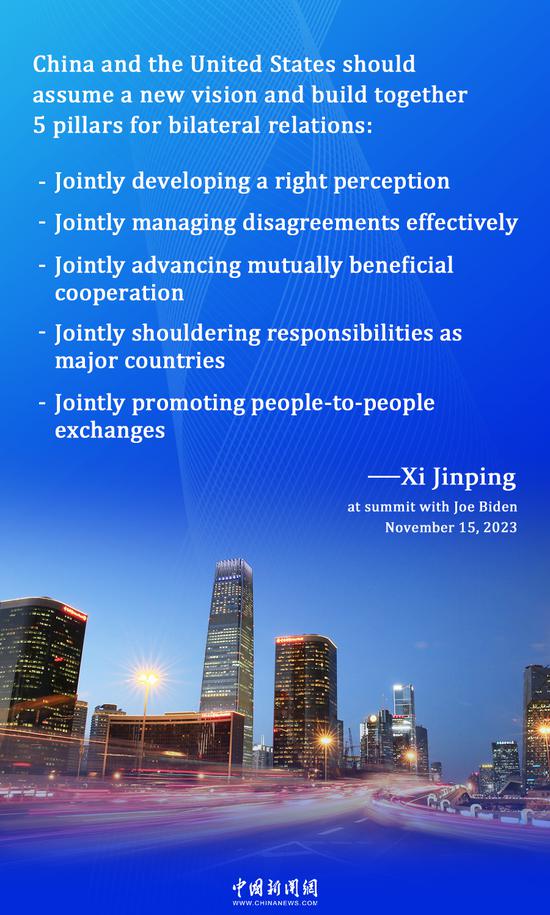
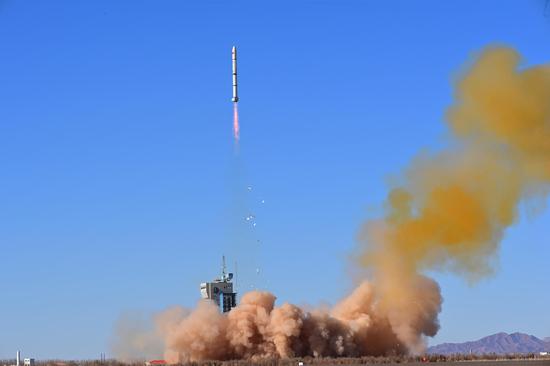









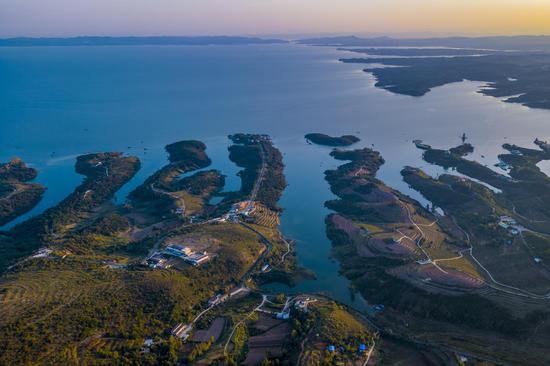




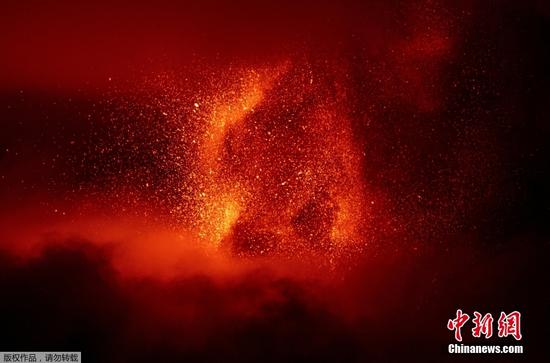






 京公网安备 11010202009201号
京公网安备 11010202009201号